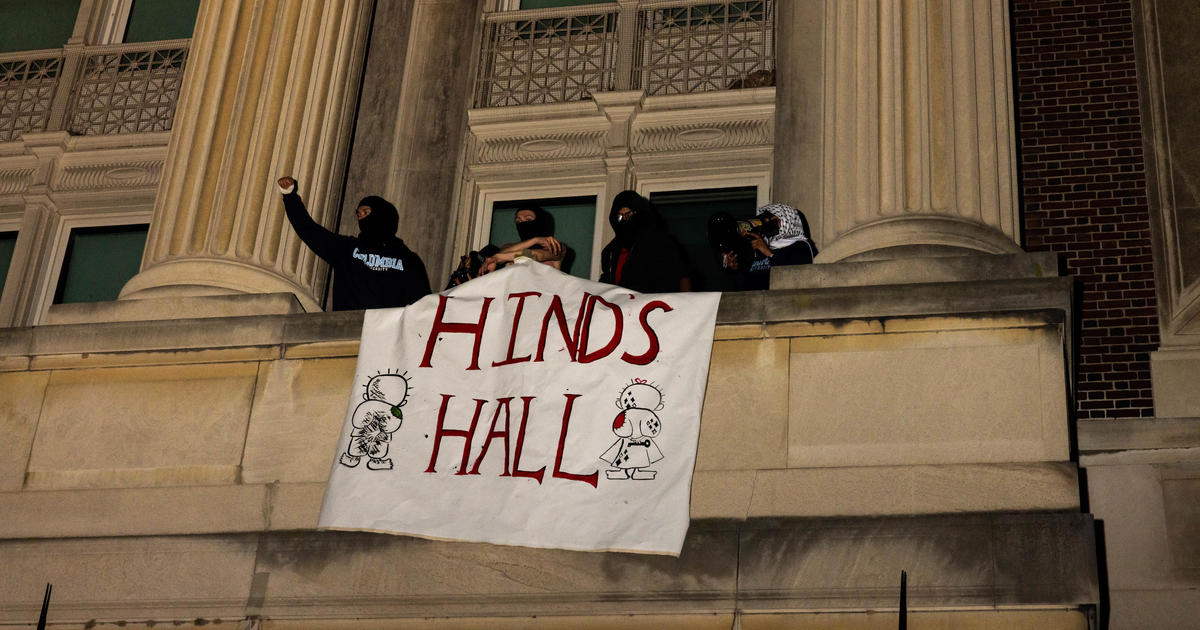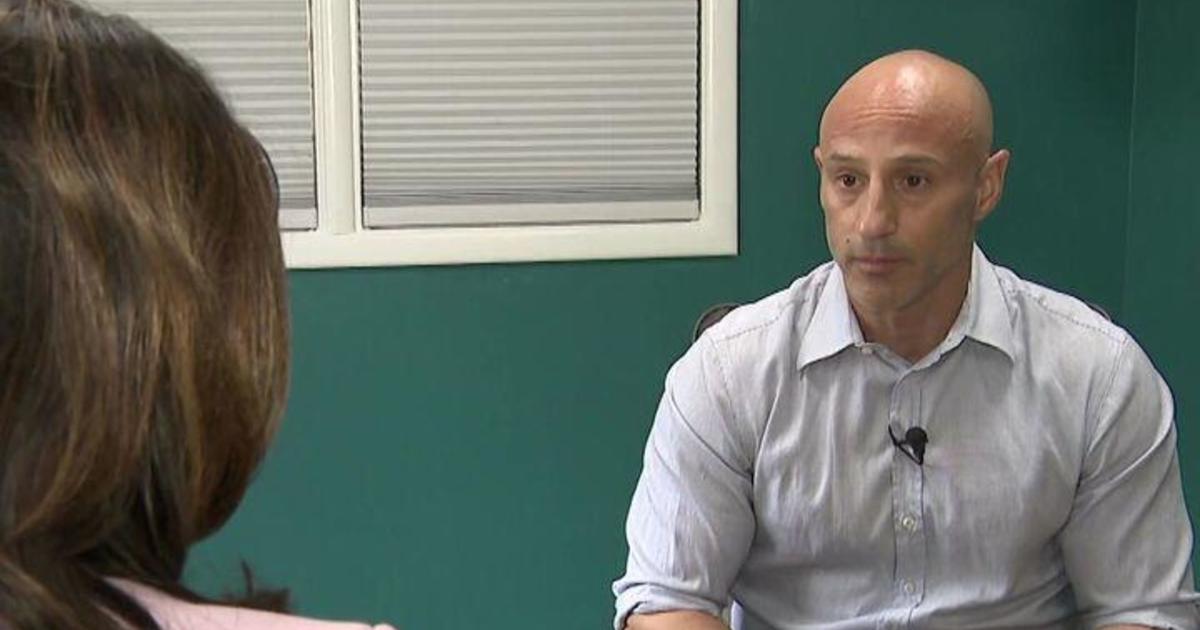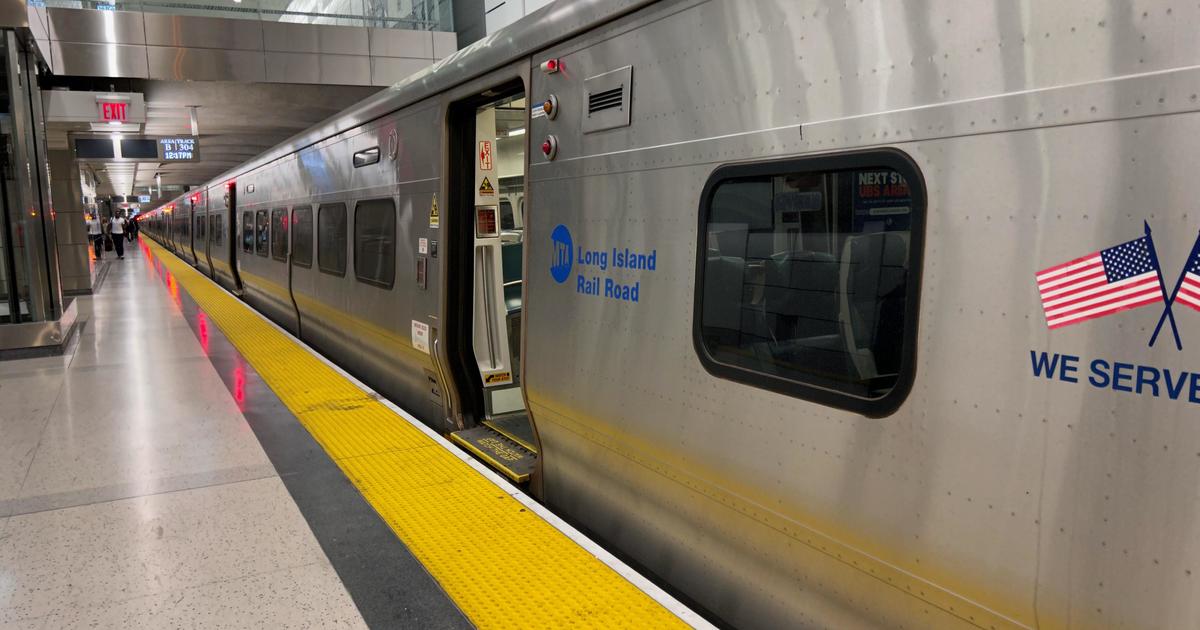'Da Vinci Robot' Provides Safer, Less Painful Breast Reconstruction For Cancer Survivors
NEW YORK (CBSNewYork) -- Breast reconstruction after a mastectomy is an option that many choose following cancer.
But complications from radiation and cancer surgery can make that reconstruction difficult.
As CBS2's Dr. Max Gomez explained, robots are helping some women regain their sense of femininity.
The most common breast reconstruction method uses a tissue expander to stretch the skin so that a breast implant can later be placed.
Radiation treatments harden the skin and scar tissue and other reconstruction techniques can leave even bigger scars.
That's where robots can help.
Maria Davila has had a pretty rough road the past few years. She was diagnosed with breast cancer at just 27 -- worse yet, the cancer had spread.
"He said that I had to remove the breast, that I was also showing cancer signs in my lymph nodes and lung, so no saving the breast," she said.
When she went in for reconstruction on her right side, she decided to also have a mastectomy and reconstruction on the left.
"The right didn't work, and I came out of the operating room with only the left side, and I was very sad. It was not what I expected," she said.
The problem was what radiation had done to the remaining skin of the original cancerous breast.
"She has very tight skin, it's thickened and become very difficult to expand. We're unable to expand it to the size she desires," Dr. Alice Yao, Mt. Sinai Health System said.
Because Maria is so thing, the only real option is taking muscle from her back -- the latissimus -- and rotating it under the skin to form a softer breast mound on her chest wall, but that surgery normally leaves a very large scar on the back.
"If that's what I had to go through to have my breast, I wasn't gonna do it," she said.
That's where the Da Vinci Robot came to the rescue. The $2-million machine that Dr. Yao operates remotely from an anteroom next to the operating room lets her go in through small incisions in Maria's armpit, separate the lat muscle from the back and move it to the chest.
Among the benefits to this type of procedure are tinier scars.
"Less potential complications, less pain, quicker functional recovery, and higher patient satisfaction," Dr. Yao explained.
That was just a week ago, and on Thursday, Maria said she was doing great.
Interestingly, because the muscle has so much blood supply it will soften the hardened skin on Maria's chest.
That will allow a tissue expander to stretch the skin and eventually allow for a permanent implant to restore her breast.



